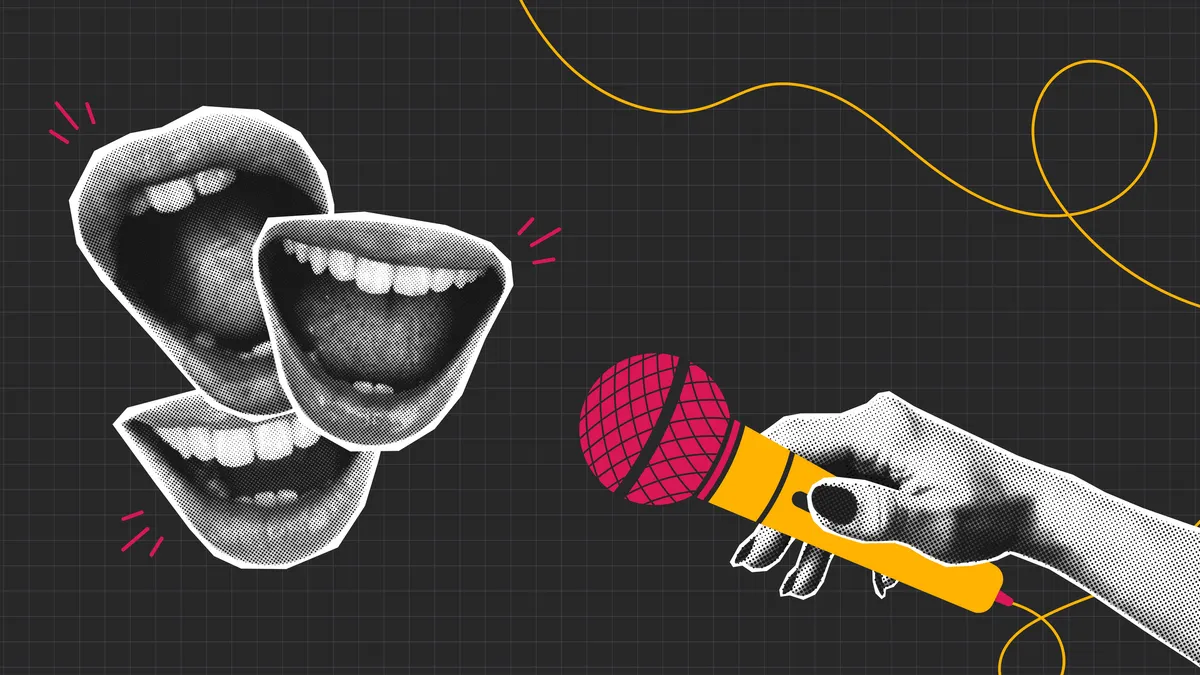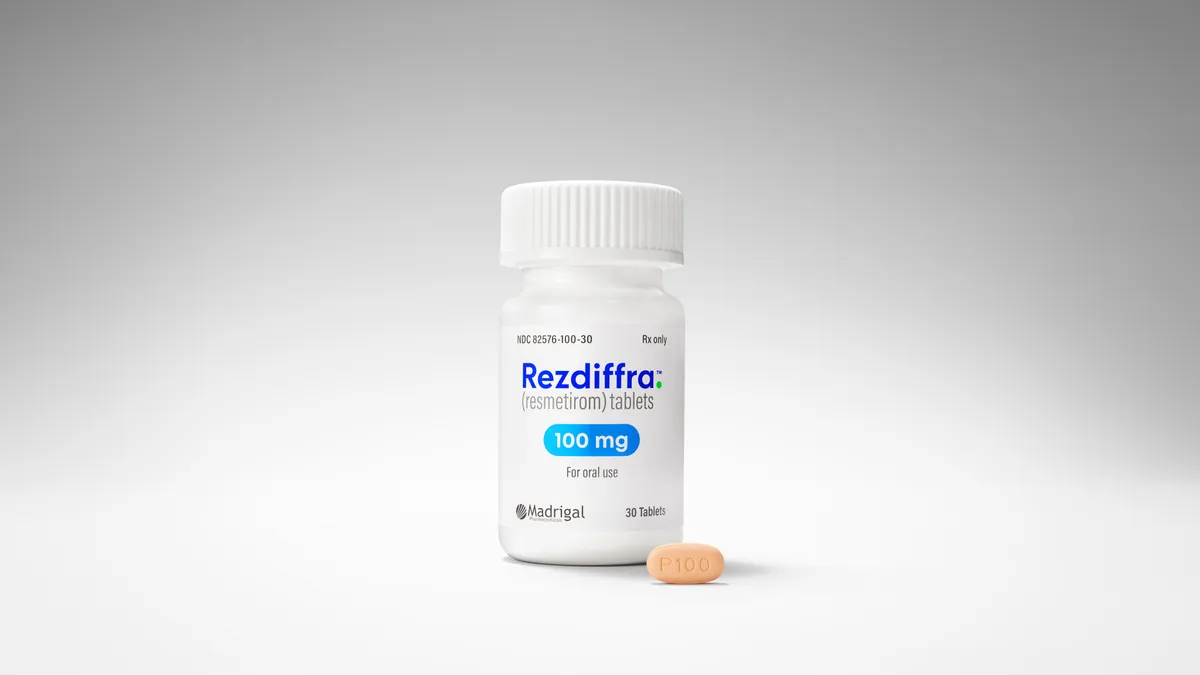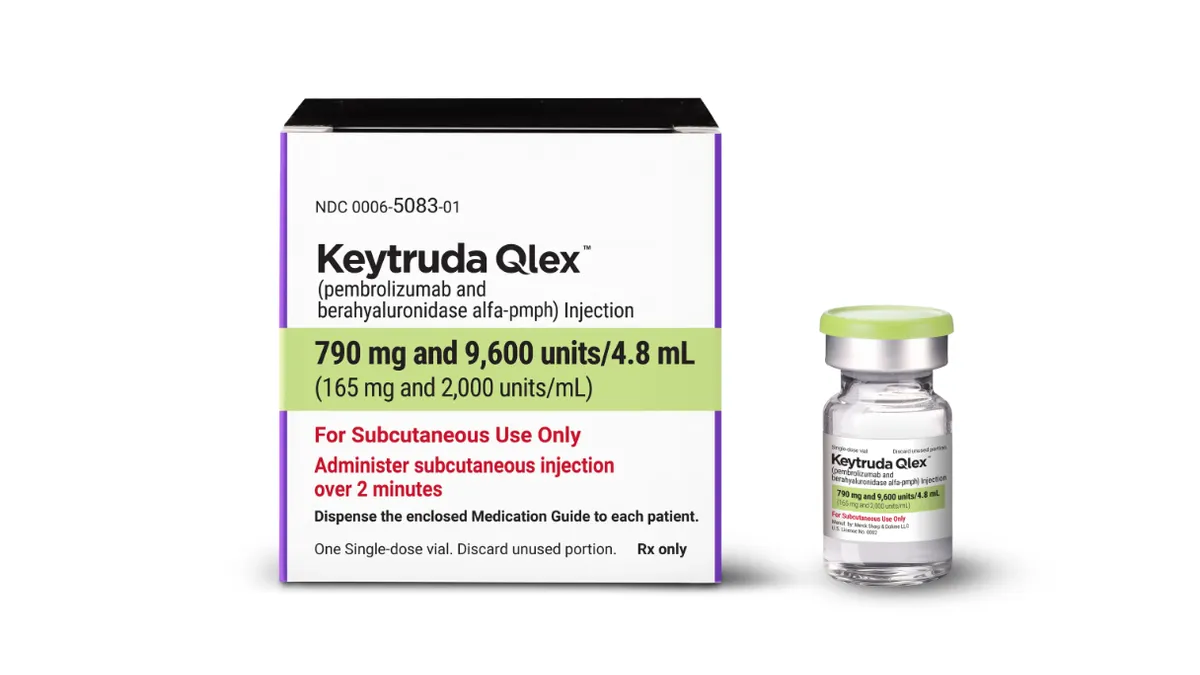Fears of AI replacing jobs hover over many industries as the technology matures. When ChatGPT hit the mainstream, concerns for professional obsolescence quickly escalated.
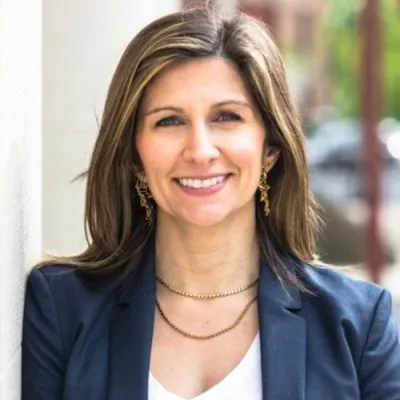
In pharma, AI has the potential to transform the way the industry engages with patient data and uses that information to provide thorough, personalized care. But many experts agree that the human component must remain the beating heart of AI-enabled models, using technology as a tool rather than a centerpiece.
For Miruna Sasu, CEO of COTA, which curates real-world data to improve cancer care, a healthy balance between trusting AI with complicated decisions related to research, diagnosis and treatment, and allowing for human oversight as the technology improves is critical.
“It’s checks and balances — what everybody wants me to say is that we’ll be human-free in two or three years, but what’s really going to happen is AI is going to help a curator identify where they need to look,” Sasu said. “It’s OK that Google gives me the wrong shopping advice, but one wrong move in this space and it could be someone’s life.”
The temptation to cut corners in the data curation industry is there, Sasu said, particularly around cost. Taking the human checks and balances out of the equation would lead to lower overhead but could also result in poorer outcomes.
“There is a lot of cost pressure, and because there are people actually reading these things, they’re not cheap,” Sasu said. “We’re all trying to do the right thing here, but there’s real pressure and it’s very sad when I see it happen — in this particular space, curation needs to be medically guided.”
But that doesn’t decrease the importance of AI in the future of oncology care, and COTA today announced the launch of a generative AI program called Vista that uses large-scale automated electronic health records to understand how cancer manifests in patients outside the clinic and how treatments can be improved to have a greater impact on patients’ lives.
“The end goal here is to have an assistant that can help scour terabytes of data in just a few moments.”

Miruna Sasu
CEO, COTA
The most important function of datasets like Vista is that the output is reliable, and COTA’s reputation as a curator hinges on that trustworthiness, Sasu said. Although the company is working with large language models from Google to train a model as a general physician — and potentially oncology specialists down the line — human context is still an important component.
For now, “the use and adoption of AI in clinical practice remains limited,” according to a study from the Royal College of Physicians. The researchers pointed out that many attempts at applying AI are aimed at forcing square pegs into round holes.
“We hold the view that AI amplifies and augments, rather than replaces, human intelligence,” the researchers said. “Hence, when building AI systems in healthcare, it is key to not replace the important elements of the human interaction in medicine but to focus it and improve the efficiency and effectiveness of that interaction.”
Sasu agreed that an AI model is only as useful as the context that surrounds it.
“Humans are never going to be able to be taken out of the context here because they’re the ones who provide the logic on top of the summary,” Sasu said. “The end goal here is to have an assistant that can help scour terabytes of data in just a few moments and answer questions that educated and trained people within each space can make sense of.”
Not J.A.R.V.I.S.
Fans of Marvel Studios’ Avengers saga might have a preconception of AI as Tony Stark’s snarky, ultra-intelligent computer system J.A.R.V.I.S., but Sasu said a fully autonomous system is unrealistic and impractical in the healthcare setting.
“I am not talking about J.A.R.V.I.S. here — this is an assist, and what we’re developing is an evidence-driven dataset that can be used to answer specific questions in therapeutic areas where there is enough data to do so,” Sasu said.
Even the most advanced AI program is worthless without data, she said.
“The first thing you need to do is build the data,” said Sasu, who worked with real-world evidence at pharma giants like J&J and Bristol Myers Squibb before leading COTA. “At BMS, we discovered several years ago that the problem isn’t necessarily the technology, but rather the data underlying the technology, and a lot of pharma companies struggle with this — you can have the best model in the world, and it’ll sit there useless without the data.”
And that’s where the human component comes in during AI’s data training stages. When the model makes a “choice” in diagnosis or treatment, for instance, based on a doctor’s written notes about a patient, that choice needs to be watched very carefully, Sasu said.
“COTA doesn’t develop general intelligence — we develop medical assistants,” Sasu said. “This is very fit for purpose, and when determining what’s happening to a patient, that’s a question that needs to be answered correctly.”
From data to care
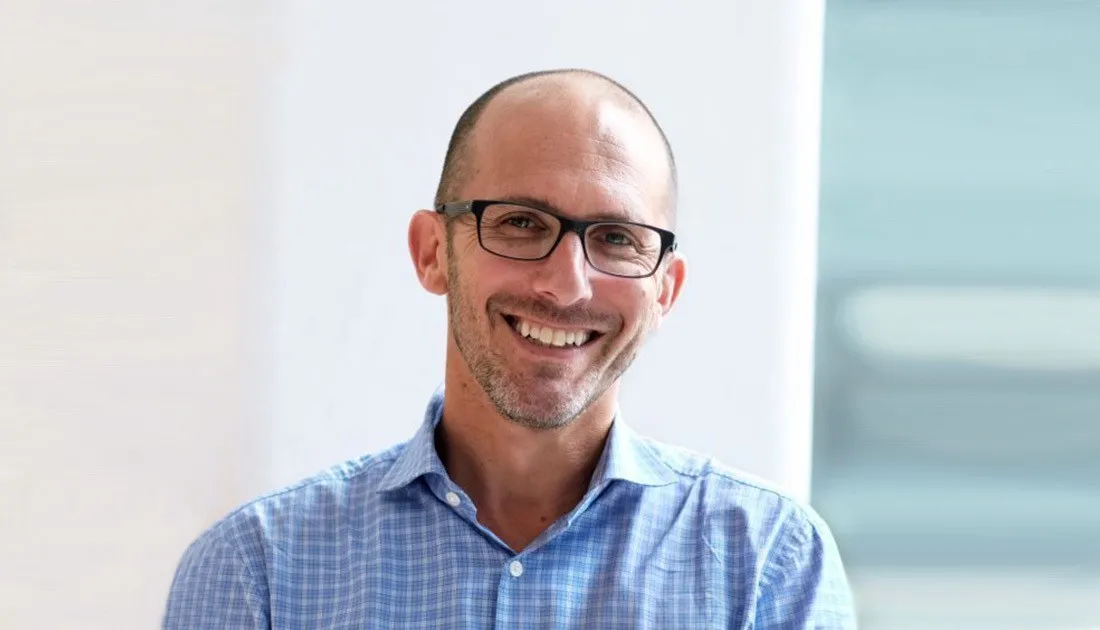
Like many aspects of healthcare, technological advances are of little use if they don’t serve a practical purpose in patient care. Now, AI is beginning to play an important role in bringing the information gleaned from large datasets into patients’ lives, said Dr. Bobby Green, chief medical officer and co-founder of Thyme Care, a private company focused on helping patients navigate the cancer care landscape.
“I am a lot more optimistic and excited about AI today than I was a year ago,” Green said. “Prioritizing patients is No. 1, specifically around thinking about protocols and interventions — there is going to be a place for that.”
Green, who has a background in data research at the curation company Flatiron Health, said it’s about building “playbooks” for physicians and other caregivers to follow when applying that knowledge to a particular patient.
For example, if a patient has been prescribed a steroid for multiple myeloma, but that patient also has diabetes, the data from thousands of patients would tell the doctor how they should be monitoring blood sugar as a result of that treatment. But then there are the secondary parts of a patient’s life, like transportation difficulties, food insecurity, language comprehension or other factors that could affect how a physician needs to guide treatment. AI can distill that information for caregivers to follow, Green said.
“There are huge opportunities to summarize lots of information and lots of data and present that in a quick and easy way for nurses and the team [of care providers] to understand it,” Green said. “At a high level, it's always good to empower our care team, but at the same time, it's not going to replace them.”
Despite the promise of AI to help healthcare professionals and pharma companies get better at determining what’s right for the patients, there will always need to be a human component, Green said.
“AI is a part of that as a way to make people more efficient and better at what they do,” Green said. “But underlying that is the nuance around people.”








